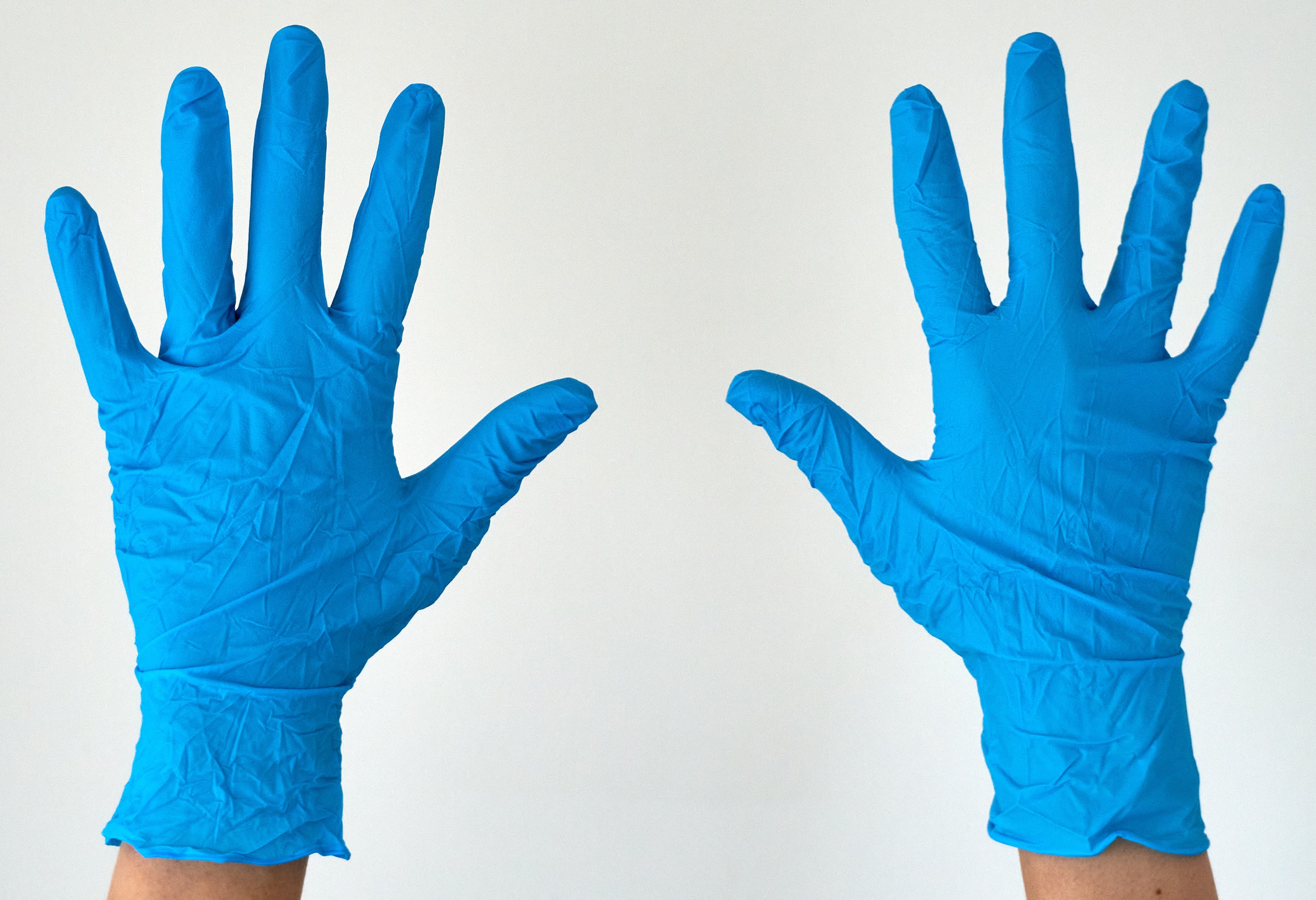Vinyl gloves are a popular choice for personal protective equipment (PPE) in a variety of industries, including healthcare, food service, and cleaning. They are made of synthetic vinyl and are a cost-effective alternative to latex gloves. Here are some tips on how to use vinyl gloves and the different types available:
-
Choose the right size: It's important to choose gloves that fit properly to ensure maximum protection and comfort. Measure around the widest part of your hand (excluding the thumb) to determine your glove size. If the gloves are too loose, they may fall off or allow contaminants to enter through the openings, while gloves that are too tight can restrict movement and cause discomfort.
-
Put on the gloves correctly: To put on vinyl gloves, follow these steps:
- Open the glove package and remove one glove.
- Hold the glove by the cuff and slip your hand in, making sure the thumb is in the correct position.
- Smooth out any wrinkles or air pockets, and adjust the gloves as needed for a comfortable fit.
- Repeat the process with the other glove.
-
Use gloves for the appropriate tasks: Vinyl gloves are not intended for heavy-duty tasks and may puncture or tear easily. They are best suited for tasks that do not involve sharp objects or rough surfaces.
-
Dispose of gloves properly: After use, it's important to properly dispose of vinyl gloves to prevent the spread of contaminants. Remove the gloves by grasping the outside of the cuff and pulling them off inside out. Avoid touching the inside of the gloves or your skin with the outside of the gloves, as this can transfer contaminants. Discard the gloves in a designated waste receptacle.
There are several types of vinyl gloves available, including powdered and powder-free, as well as textured and smooth surface options. Powder-free gloves are recommended for food handling and medical applications, as the powder can cause irritation and may contain allergens. Textured gloves can provide a better grip in wet or dry conditions, making them suitable for tasks that require dexterity. Smooth surface gloves may be preferred for tasks that involve handling small or delicate objects.
Vinyl gloves are a useful tool for protecting your hands and preventing the spread of contaminants in a variety of settings. By following proper usage and disposal guidelines, you can ensure maximum effectiveness and safety when using these gloves.

